How to Create an Unschooling High School Transcript
Method 1 of 3:
Obtaining the Proper Guidelines
-
 Know the state's requirements for graduation. Some states require a transcript of high school work while others don't. However, if you decide to make a transcript, it needs to adhere to the state guidelines where you are graduating. Your transcript should take the work you have done and place them into the correct courses needed for your state's requirements.
Know the state's requirements for graduation. Some states require a transcript of high school work while others don't. However, if you decide to make a transcript, it needs to adhere to the state guidelines where you are graduating. Your transcript should take the work you have done and place them into the correct courses needed for your state's requirements.- Most states have a set number of required credits in English, math, science, social studies, and certain electives. When you are making out your transcript, you can apply your work to the correct required credit.
- For example, in Pennsylvania requires high school graduates to have a certain number of credits to graduate, like four in English, three in math, science, and social studies, and two in arts and humanities.[1] Georgia requires a minimum of 23 credits, with four in English, math, and science, and three in social studies and foreign language.[2]
-
 Determine your goals. Transcripts are most often used to get into college. However, some jobs or internships require transcripts also. Before you make your transcript, determine why you need the transcript and where you will be sending it. Even figuring out what kind of school you want to go to will help you make a better transcript.[3]
Determine your goals. Transcripts are most often used to get into college. However, some jobs or internships require transcripts also. Before you make your transcript, determine why you need the transcript and where you will be sending it. Even figuring out what kind of school you want to go to will help you make a better transcript.[3]- For example, a community college, a pre-med program, or a science tech school would require different types of transcripts.
-
 Contact admissions counselors. If you want to go to a specific college or program, contact their admission counselors. Talk to them about the guidelines for homeschoolers and unschoolers since many schools have different rules for them. They may want to see your more unique, individualized education instead of a more traditional transcript.
Contact admissions counselors. If you want to go to a specific college or program, contact their admission counselors. Talk to them about the guidelines for homeschoolers and unschoolers since many schools have different rules for them. They may want to see your more unique, individualized education instead of a more traditional transcript.- Admissions counselors are there to answer your questions about the application and admissions process for getting into their institution. They will be happy to meet with you in person or over the phone to discuss what you need to apply.
Method 2 of 3:
Including Relevant Information
-
 Include basic information. Each page should contain a header with your basic information. Include your full name, along with your address, phone number, and email address. You should also include the homeschool's name, address, email address, and phone number.[4]
Include basic information. Each page should contain a header with your basic information. Include your full name, along with your address, phone number, and email address. You should also include the homeschool's name, address, email address, and phone number.[4]- You may also want to include the name of your parents or guardians.
-
 List the courses you have completed. Your transcript should include a list of courses or work that you have completed. List each course with a title that reflects the area of study, just like a traditional transcript. For each course, give the credits earned and the year the credits were earned. Most classes are one or half a credit.[5]
List the courses you have completed. Your transcript should include a list of courses or work that you have completed. List each course with a title that reflects the area of study, just like a traditional transcript. For each course, give the credits earned and the year the credits were earned. Most classes are one or half a credit.[5]- For example, you may have one credit courses called History: World War II, Business Math, Comparative American Literature, and Earth Science. Half credit courses may include Fine Arts: Acting, Technology: Website Building, and Personal Finance.
-
 Provide a short description of the courses. You may want to include a short description of each course that you have listed on your transcript. This is not required, but some institutions will require more information from you about the courses, so this could provide that information. Limit the description to between 10 and 15 words.[6]
Provide a short description of the courses. You may want to include a short description of each course that you have listed on your transcript. This is not required, but some institutions will require more information from you about the courses, so this could provide that information. Limit the description to between 10 and 15 words.[6]- For example, the description for Early American literature may be "an exploration of literature, film adaptations, and stage productions of American works from 1600-1850."
- You can ask the admissions counselors if they require any description or additional information about the courses. If they do not, you may not want to include this information.
- Some people wait until they are asked to supply this information. You can draft the description while creating the transcript so you will have it in the future.
-
 Note any important differences. Your transcript should include any activities you have participated in where you have received important positions, roles, or awards. This may be from community activities, clubs or organizations, or other activities.
Note any important differences. Your transcript should include any activities you have participated in where you have received important positions, roles, or awards. This may be from community activities, clubs or organizations, or other activities.- For example, list if you had lead roles in a play, solos in a chorus concert, or played an instrument in a recital. Provide information about any awards you have received, like science fair awards or prizes for winning writing contests.
-
 Add an academic summary at the end. At the very end of the transcript, provide a summary of your work. This summary should align with state credit requirements. List the number of credits in each subject area to demonstrate you have fulfilled everything needed to graduate. You should also include a date of graduation.[7]
Add an academic summary at the end. At the very end of the transcript, provide a summary of your work. This summary should align with state credit requirements. List the number of credits in each subject area to demonstrate you have fulfilled everything needed to graduate. You should also include a date of graduation.[7] -
 Include a signature from the homeschool or unschool supervisor. The last thing you should add at the end of the transcript is a signature from the supervisor of your unschool program. Before the signature, there should be a statement that this is the correct official transcript for you. Then, the supervisor should sign and date it.[8]
Include a signature from the homeschool or unschool supervisor. The last thing you should add at the end of the transcript is a signature from the supervisor of your unschool program. Before the signature, there should be a statement that this is the correct official transcript for you. Then, the supervisor should sign and date it.[8] -
 Create a portfolio. If you have completed a lot of visual arts, media, or practical objects, you should put together a portfolio. This may include recordings of your playing or singing, art, photographs of your creations, or videos of your performances.
Create a portfolio. If you have completed a lot of visual arts, media, or practical objects, you should put together a portfolio. This may include recordings of your playing or singing, art, photographs of your creations, or videos of your performances.- This can be done if you did extensive work in drawing or painting, photography, music, drama, dance, word work, sewing, automobile maintenance, or construction.
-
 Avoid adding grades. If you didn't get grades for your classes, don't invent them. Schools will not want fake grades if you did not earn them. For most schools, you could be turned down or face expulsion if they find out you lied and made up information on your transcript.[9]
Avoid adding grades. If you didn't get grades for your classes, don't invent them. Schools will not want fake grades if you did not earn them. For most schools, you could be turned down or face expulsion if they find out you lied and made up information on your transcript.[9]- Make sure everything on your transcript is correct and factual.
Method 3 of 3:
Making Subject Specific Courses from Experience
-
 Use keywords to appropriately to title your courses. Using some keywords can help you title your transcript courses correctly. A concepts course of a subject area can be a broad survey of a subject where you explore the basic principles of a topic. Appreciation courses cover exploring a topic and trying to understand and appreciate it. Introduction to courses are when you first start learning a subject, whereas advanced courses are your continued learning.[10]
Use keywords to appropriately to title your courses. Using some keywords can help you title your transcript courses correctly. A concepts course of a subject area can be a broad survey of a subject where you explore the basic principles of a topic. Appreciation courses cover exploring a topic and trying to understand and appreciate it. Introduction to courses are when you first start learning a subject, whereas advanced courses are your continued learning.[10]- This can be used for any subject, such as Concepts of Algebra where you learn problem solving skill through personal finance, grocery shopping, gas mileage in cars, and cost-per-use of household appliances. Art appreciation can be you looking at art pieces and learning more about them.
-
 Think of all media as language arts. You can develop your language arts classes based on what media you have consumed. Books you have read or listened to, movie adaptations you've watched, and plays you have gone to can all be used on your transcript.[11]
Think of all media as language arts. You can develop your language arts classes based on what media you have consumed. Books you have read or listened to, movie adaptations you've watched, and plays you have gone to can all be used on your transcript.[11]- Make a list of everything you have read, watched, listened to, or gone to see. Try to develop themes based on what you've explored. For example, if you have read a lot of classical literature and watched movies adapted from classical texts, you can group that together as a classical literature course.
-
 Find math courses from your everyday life. Don't neglect the math that you do on a regular basis. Many unschoolers talk about math related topics often with their families, which can be used for a math course. You should also consider how much math you do in your daily life and what type of math that is.[12]
Find math courses from your everyday life. Don't neglect the math that you do on a regular basis. Many unschoolers talk about math related topics often with their families, which can be used for a math course. You should also consider how much math you do in your daily life and what type of math that is.[12]- For example, research and following the stock market each day is math-related economics. Learning how a mortgage works and the way credit scores are determined is also math.
-
 Use field trips for science and social studies. Field trips are a great way to get real life, hands on learning experience that you can use on your unschooling transcript. Science museums, zoos, and aquariums can all be included in courses to put on your transcript.[13]
Use field trips for science and social studies. Field trips are a great way to get real life, hands on learning experience that you can use on your unschooling transcript. Science museums, zoos, and aquariums can all be included in courses to put on your transcript.[13] -
 Use current events. Current events can open a door to add learning into just about every subject you need on a transcript. Social studies subjects like civics, government, and politics can be explored through current events. You can connect what's happening today to historical events, or study important historical events connected to certain days or months.[14]
Use current events. Current events can open a door to add learning into just about every subject you need on a transcript. Social studies subjects like civics, government, and politics can be explored through current events. You can connect what's happening today to historical events, or study important historical events connected to certain days or months.[14]- Keep up with scientific discoveries, medical cures or treatments, or space exploration.
-
 Include practical arts. Your transcript doesn't have to be connected to traditional academic subjects. Your unschooling experience may cover practical skills, like car repair, cooking, sewing, or construction.[15]
Include practical arts. Your transcript doesn't have to be connected to traditional academic subjects. Your unschooling experience may cover practical skills, like car repair, cooking, sewing, or construction.[15]- Make sure to include all skills you have been cultivating and practicing. Those are as important as if you took a high school drama or band class.
5 ★ | 1 Vote
You should read it
- How to Research a Topic
- How to Study for Cyber Security Courses
- 5 best free SEO courses available online
- How to Take a Free Course with iTunes U
- 9 best free Figma courses
- How to Cite a Blog in APA
- Become a Microsoft expert with free Clinic courses
- Coursera's top 10 free online courses help you be more successful
May be interested
- How to quickly eliminate wrong answers in the National High School English test 2017
 in order to help contestants quickly think and choose the best option, the following article will guide you to a few methods to quickly eliminate incorrect answers in english test so you don't have to leave any sentence in the exam.
in order to help contestants quickly think and choose the best option, the following article will guide you to a few methods to quickly eliminate incorrect answers in english test so you don't have to leave any sentence in the exam. - The app helps you choose a career, choose a school and know the salary
 instead of having to visit the website of each school to search for information related to the industry and the school, you can use the job selection application in this article to optimize the search, career registration, school for myself.
instead of having to visit the website of each school to search for information related to the industry and the school, you can use the job selection application in this article to optimize the search, career registration, school for myself. - How to calculate high school graduation points and change university aspirations
 guiding students how to calculate points to consider high school graduation 2017.
guiding students how to calculate points to consider high school graduation 2017. - How to Request High School Transcripts
 why would you need to request copies of your high school transcripts? colleges and universities require them as part of the application process. some employers, particularly government agencies, require proof of all education and training...
why would you need to request copies of your high school transcripts? colleges and universities require them as part of the application process. some employers, particularly government agencies, require proof of all education and training... - The 15 harsh rules in Japanese school just listening is enough to make you 'goosebumps'
 the land of the rising sun is not only popular with the standard but japanese school regulations are quite strict and somewhat harsh.
the land of the rising sun is not only popular with the standard but japanese school regulations are quite strict and somewhat harsh. - How to Transition from High School to College
 after finishing high school, going to college can be an exciting change from what you're used to. college is a great place to meet new friends, experience new subjects you're interested in, and have more independence. although it may seem...
after finishing high school, going to college can be an exciting change from what you're used to. college is a great place to meet new friends, experience new subjects you're interested in, and have more independence. although it may seem... - Two 9th graders attacked the school's wifi network so they wouldn't have to take a test
 cbs television new york reported on the case of two 9th graders of secaucus high school in new jersey (usa) who wanted to take a test that tried to disable the school's wifi system so that the teachers could not teach any lesson hours via the internet and send tests.
cbs television new york reported on the case of two 9th graders of secaucus high school in new jersey (usa) who wanted to take a test that tried to disable the school's wifi system so that the teachers could not teach any lesson hours via the internet and send tests. - 5 tips to help you get a high score in the History exam
 in order to help the son achieve high results in the exam as well as avoid contestants from the cabinet or guess when answering the test, mr. tran trung hieu (teacher of phan bo chau high school, nghe an shared 5 secrets when taking a multiple-choice test in history.
in order to help the son achieve high results in the exam as well as avoid contestants from the cabinet or guess when answering the test, mr. tran trung hieu (teacher of phan bo chau high school, nghe an shared 5 secrets when taking a multiple-choice test in history. - Learning literature with 3D technology, 'scanning' books out of knowledge at FPT High School
 recently, a video recorded a project reporting session in the teaching of social subjects at fpt high school (hanoi) with many modern technology applications such as role playing 3d game da river boatman, using app 'scans' books out of knowledge about to hoai, forest of nu ...
recently, a video recorded a project reporting session in the teaching of social subjects at fpt high school (hanoi) with many modern technology applications such as role playing 3d game da river boatman, using app 'scans' books out of knowledge about to hoai, forest of nu ... - Select the appropriate field with a score of 22 to 27
 with a score of 22 to 27 you are wondering whether to choose a suitable school, you can refer to some schools below to choose for yourself the right path for your future later.
with a score of 22 to 27 you are wondering whether to choose a suitable school, you can refer to some schools below to choose for yourself the right path for your future later.



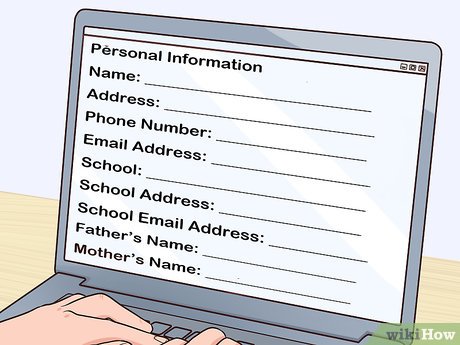
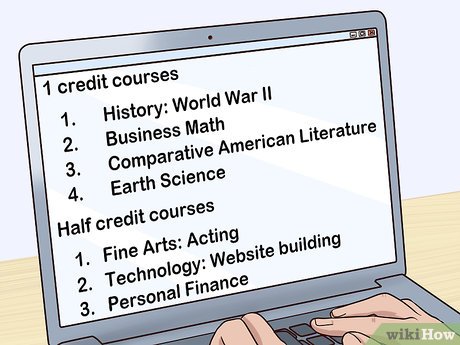
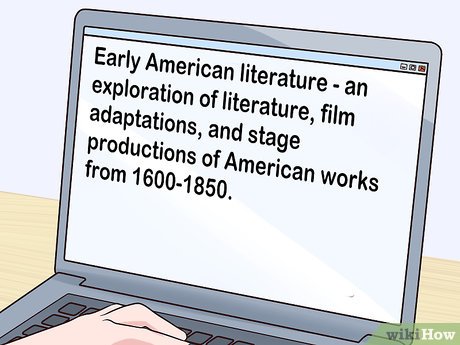
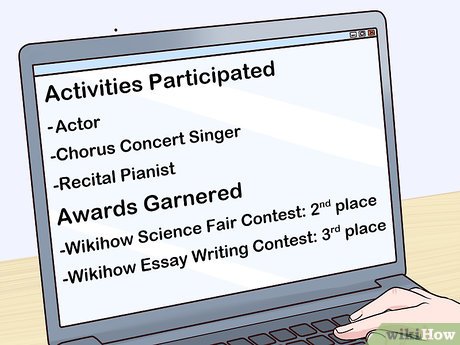
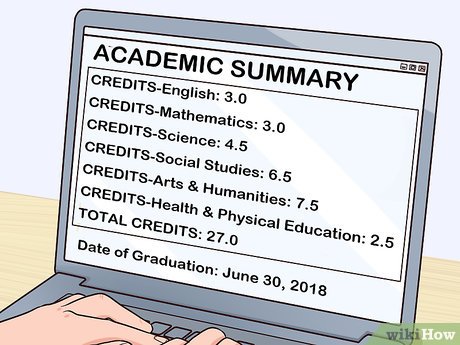
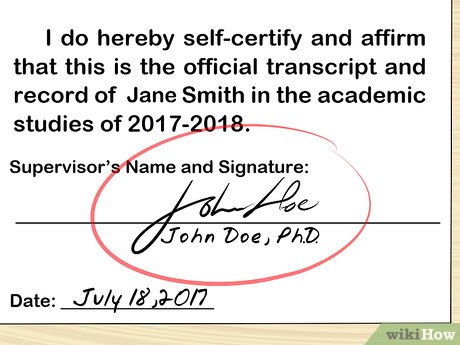

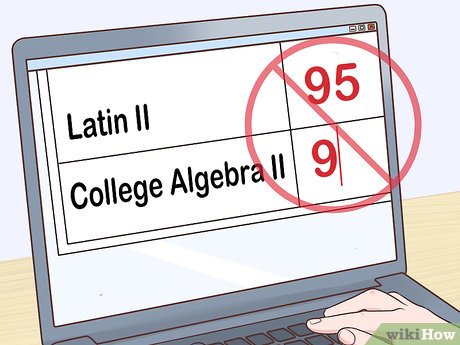
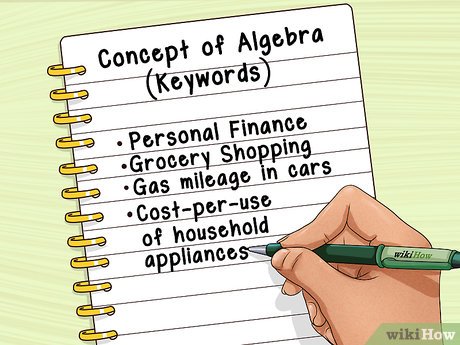
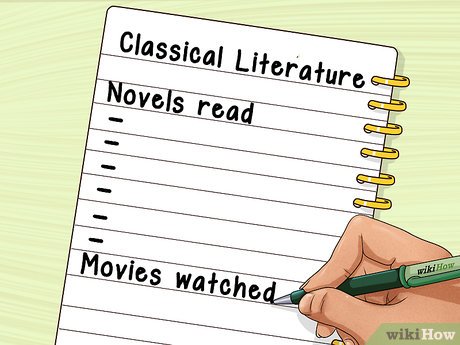


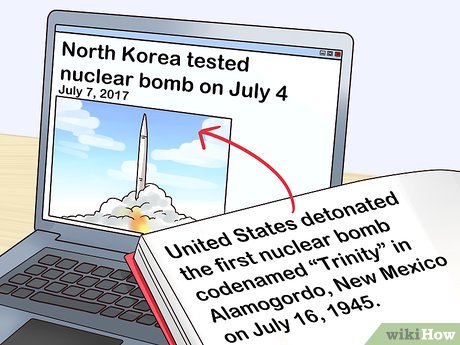
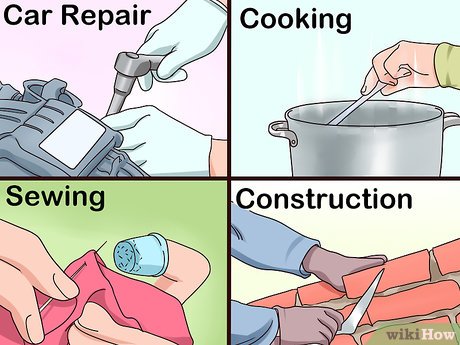










 How to Choose a School
How to Choose a School How to Prepare Your Child for Middle School
How to Prepare Your Child for Middle School How to Transfer an IEP to Another School
How to Transfer an IEP to Another School How to Choose a Good School (for Parents)
How to Choose a Good School (for Parents) How to Report a School for Discriminatory Discipline
How to Report a School for Discriminatory Discipline How to Teach Cause and Effect to Your Kids
How to Teach Cause and Effect to Your Kids